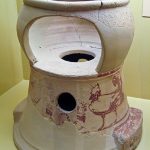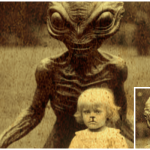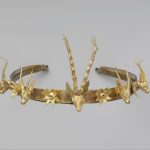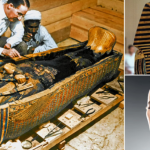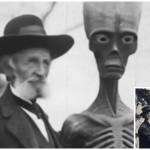At the Metropolitan Museum of Art, a Roman-era depiction of a woman’s funeral mask from Meir, Asyut
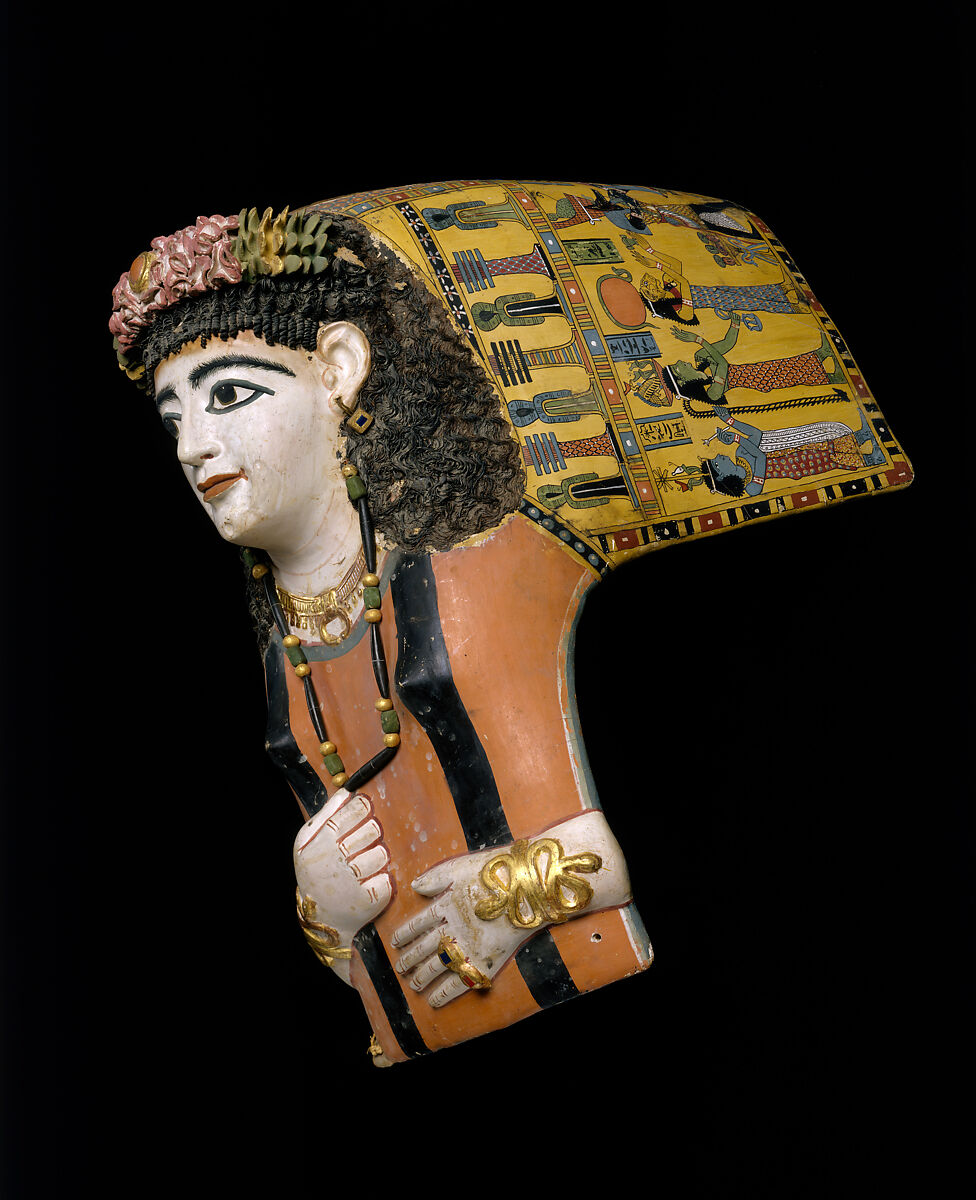
In the hallowed halls of the Metropolitan Museum of Art stands a testament to the intertwining of cultures and beliefs in ancient Egypt: a mummy mask of a woman dating back to the Roman Period, circa 60-70 AD, originating from Meir, Asyut. This exquisite artifact, cataloged as 19.2.6, offers a captivating glimpse into the funerary practices and religious symbolism of the time.

As we gaze upon this remarkable piece, we are transported to a distant era where death was not merely an end but a transition to the afterlife. The woman, depicted as if lying upon her bier, is adorned with intricate details that speak volumes about her identity, beliefs, and journey into the realm of the divine.
Her visage, immortalized in the mask, reveals a serene countenance, her features delicately rendered with a sense of solemnity and grace. Adorning her head is a long Egyptian-style wig crafted from plant fibers, a testament to the enduring influence of Egyptian cultural traditions even during the Roman period. This choice of attire not only reflects the fashion of the time but also underscores the continuity of ancient Egyptian customs in the face of foreign rule.
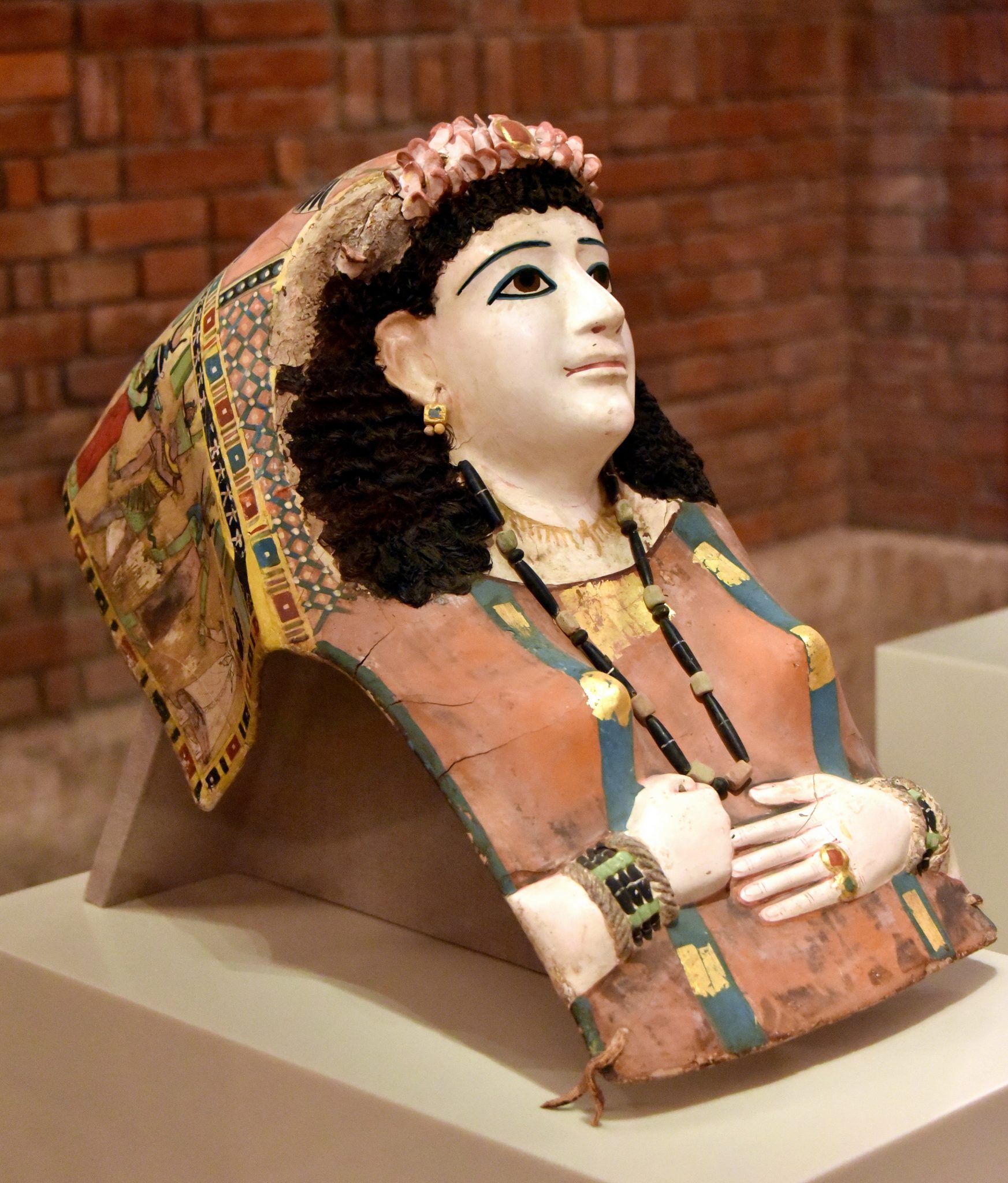
The woman’s attire further illuminates her social status and cultural affiliations. Clad in a deep-red tunic embellished with black clavi (stripes), she exudes an air of regality and sophistication. Her jewelry, including a lunula (crescent pendant) and snake bracelets, bespeaks of wealth, prestige, and perhaps even religious significance. Each ornament, meticulously crafted and strategically placed, serves as a talisman, accompanying her on her journey to the afterlife.
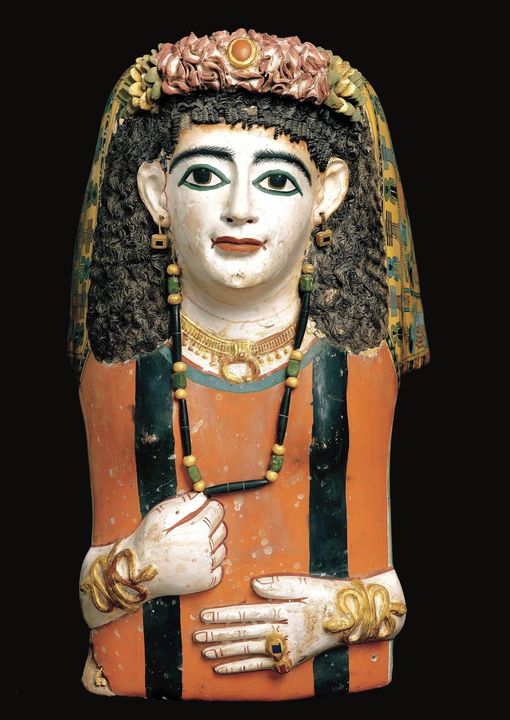
Yet, it is the symbolism imbued within this mask that truly captivates the imagination. At the lower edge of her tunic, two holes serve as a poignant reminder of the mask’s intended purpose: to serve as a guardian and protector of the deceased in the realm of the dead. The back of her head, depicted as resting on a decorated support, hints at the rituals and beliefs surrounding death and burial in ancient Egypt.

But perhaps the most striking element of this mummy mask is the gilded wreath encircling a scarab beetle atop her head. Symbolizing the sun appearing at dawn, the scarab beetle serves as a potent metaphor for rebirth and regeneration, echoing the ancient Egyptian belief in the cyclical nature of existence. In this symbolism, we glimpse the profound reverence for life, death, and the eternal cycle of renewal that permeated ancient Egyptian cosmology.
As we contemplate the significance of this artifact, we are reminded of the enduring legacy of ancient Egypt and the richness of its cultural heritage. Through the mummy mask of a woman from Meir, Asyut, we are transported across time and space, to a world where the veil between the mortal realm and the afterlife was thin, and the journey to eternity was guided by faith, ritual, and reverence.





